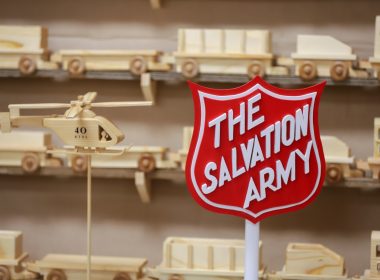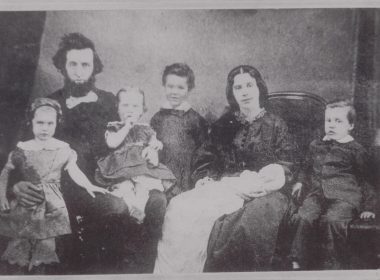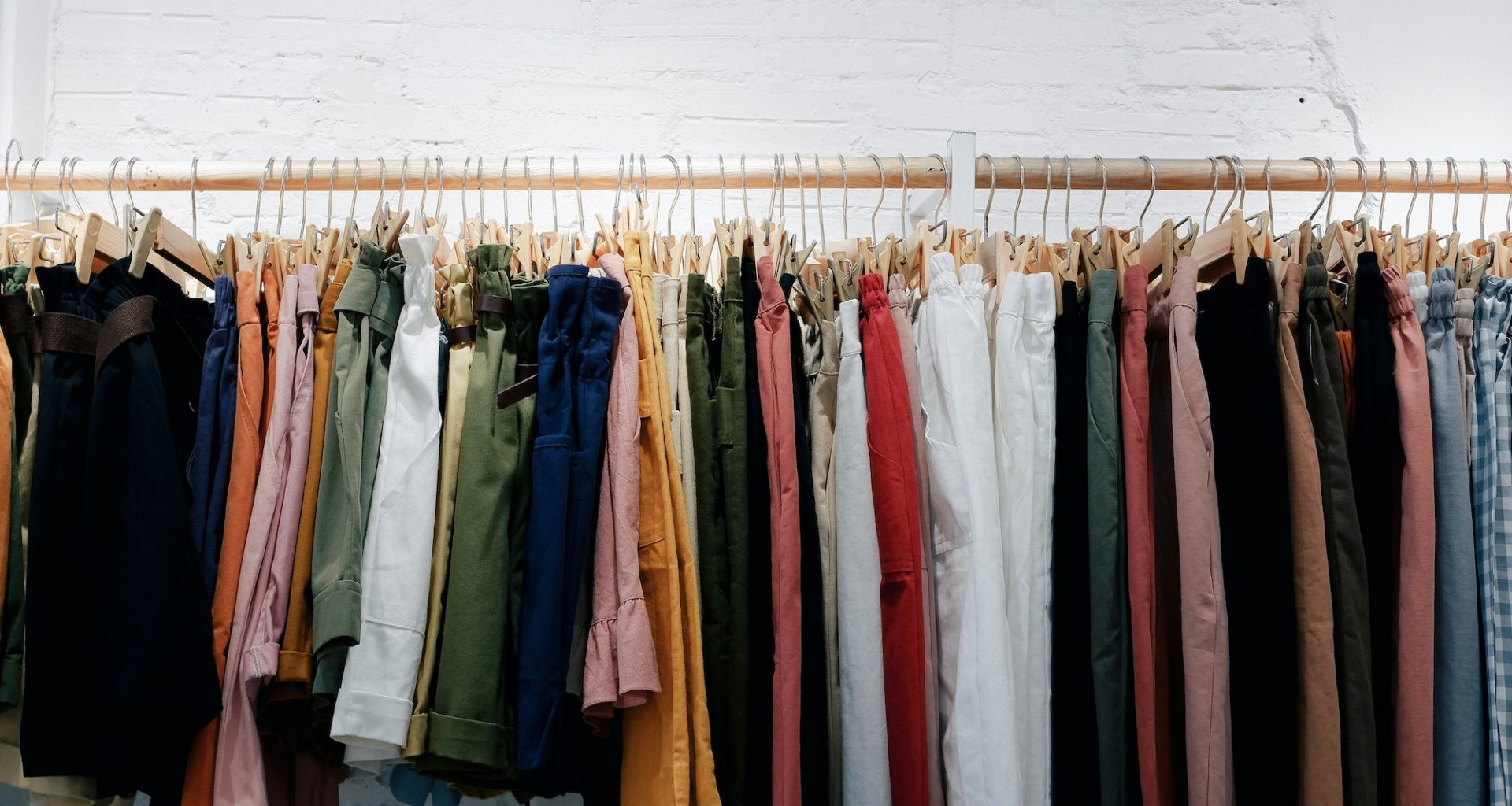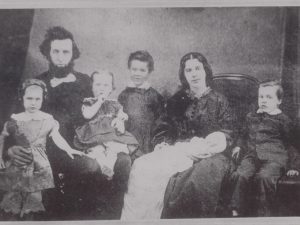For sold and unsold items, the store is not the end of the line.
The color-coded racks at your local Salvation Army Thrift Store don’t display the same items for long. New inventory comes in every day. As do shoppers looking for good deals on second-hand goods.
But what does the rest of an item’s journey look like? Pieces may have different origins and different destinations, but through every step, Salvation Army Thrift Stores aim to care for both local and global communities with sustainable practices.
How clothes end up in Salvation Army thrift stores
A garment on the rack might start with you—a T-shirt with the name of a band you no longer listen to, jeans that don’t quite fit. Individual donors bring their unwanted clothes to be sorted and priced by thrift store employees.
But, increasingly, thrift store donations also come from corporations aiming to give unsold inventory an opportunity for new life.
As awareness increases about the environmental impact of the fashion industry—the equivalent of one garbage truck full of textiles is burned or landfilled every second according to the United Nations—both governments and businesses are working to mitigate the impact.
In California, the 2024 Responsible Textile Recovery Act compels apparel companies to partner with organizations to ensure textiles are repurposed or recycled. The law stipulates retailers selling in California must develop an approved plan by 2030.
To reach sustainability goals, fashion retailer Zara has partnered with The Salvation Army to ensure unsold garments end up at thrift stores instead of landfills. Zara also installed take-back boxes in their stores so customers can drop off donations to The Salvation Army.
Next, “that donation from Zara takes a journey,” said Atticus Firey, Director of Donations Development for the Adult Rehabilitation Center (ARC) Command in The Salvation Army Western Territory.
“And the first step in that journey is for us to sell as much of that as we can in our thrift stores,” Firey said.
Once The Salvation Army sorts, tags and displays items, they remain on the rack for four weeks and are discounted on their fourth and final weekend.
When a customer purchases an item, the proceeds fund ARCs—residential programs that provide spiritual, emotional and social assistance to individuals experiencing a variety of challenges, including issues relating to substance abuse.
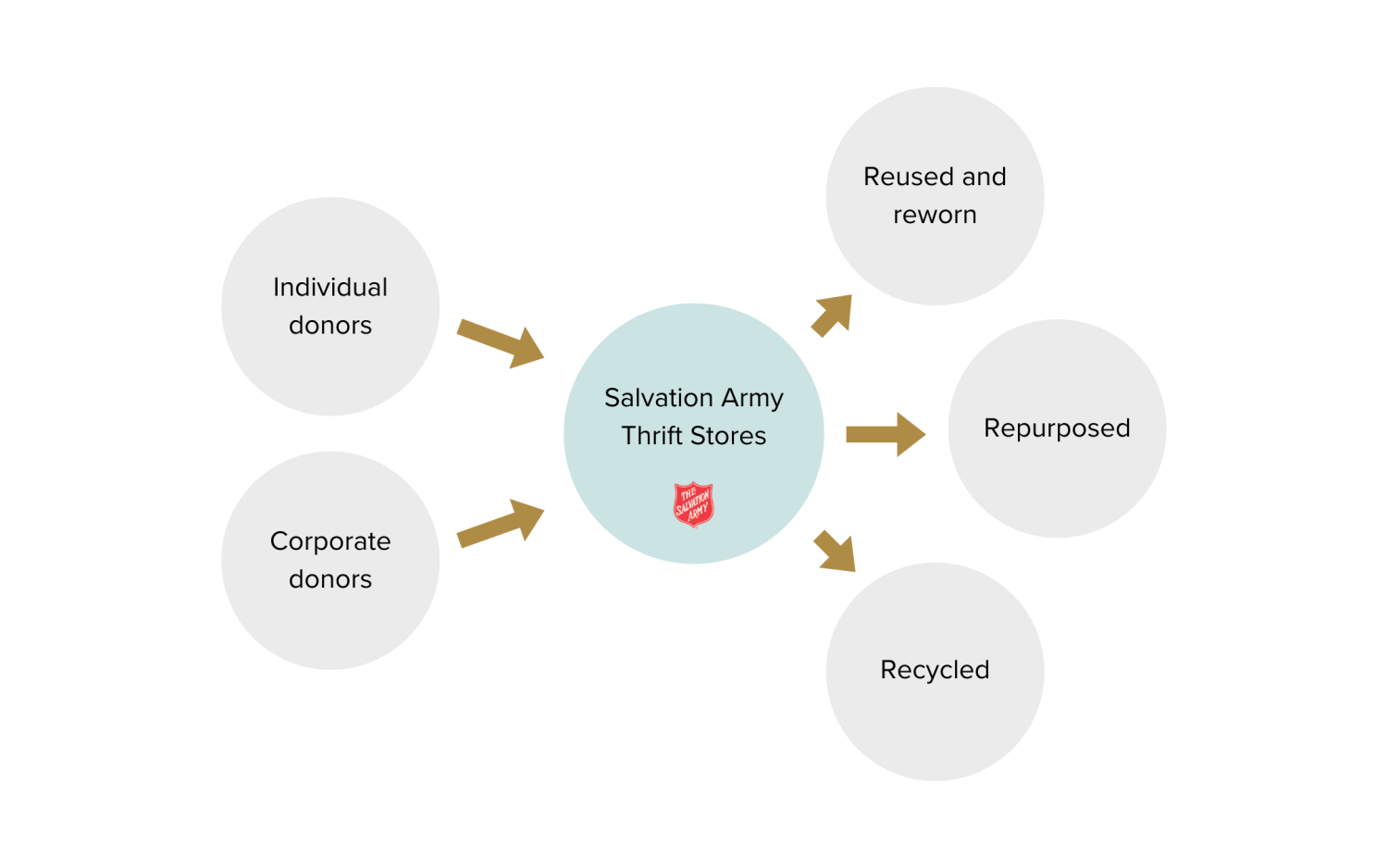
Next steps for a sustainable end-of-life for unsold items
As for unwanted items, The Salvation Army still ensures they find a new purpose.
“If something is not sold in the thrift store, we call that a ragout,” Firey said. “It goes back to our distribution center and from there we make a few decisions.”
First, Firey said, it’s decided whether or not an item is re-wearable.
Instead of going to a landfill, garments that can be re-worn are often sold to small reselling businesses at home and abroad.
But even unwearable rag-outs aren’t landfill-bound. The Salvation Army and community partners work to transform it into something entirely new.
Students at several fashion schools, including Arizona State University Fashion Institute of Design and Merchandising (ASU FIDM) and Santa Monica City College (SMCC), receive old textiles from The Salvation Army and transform them into new garments and even art installations.
By reusing and repurposing fabric, schools can reduce the demand for new textiles, which account for as much as 10 percent of carbon dioxide emissions and 20 percent of wastewater production globally.
What about other goods?
Salvation Army Thrift Stores sell more than clothes, though. Individual and corporate donors keep the shelves stocked with dishes, furniture, board games, books, decor, electronics and countless other items.
If household goods remain unsold, The Salvation Army sorts items and sells them in bulk to reselling or scrapping businesses. The process allows businesses and individuals to get the most use out of products—or parts of products—and reduce demand for new materials.
To dispose of broken or unsold electronics responsibly—and prevent the air, soil and water pollution accompanying improper handling—The Salvation Army partners with Electronic Recyclers International (ERI). ERI safely breaks electronics down so their materials can be used again.
By prioritizing reuse and recycling, Salvation Army Thrift Stores support efforts to transition from linear production models—in which goods take a straightforward path from creation, to consumer, to a landfill—to a more circular model, which better stewards natural resources.
So when you clean out your cupboards and closets and donate items to a Salvation Army Thrift Store, you’re giving your items, your community and your planet another chance for a bright future.
Do Good:
- See how The Salvation Army supports rehabilitation.
- You’ve probably seen the red kettles and thrift stores, and while we’re rightfully well known for both…The Salvation Army is so much more than red kettles and thrift stores. So who are we? What do we do? Where? Right this way for Salvation Army 101.

